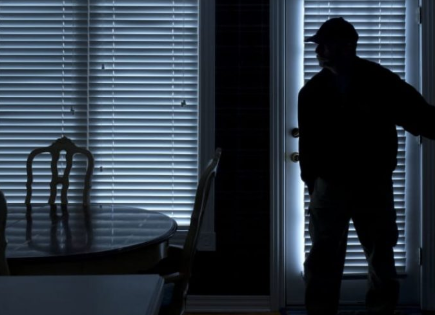 Best Places To Install Indoor Home Security Cameras
Best Places To Install Indoor Home Security Cameras In a perfect world, thieves don't get in your home, however on the off chance that they do, you need to ensure you can catch them plainly for proof. Here are the best places to introduce indoor surveillance cameras in your home.
Family room Or Kitchen
Put surveillance cameras in any regular spaces on the ground floor, similar to your lounge room, lounge area or even kitchen. These rooms are difficult to abstain from, improving the probability that you'll have the option to catch film of thieves. It's likewise valuable to introduce surveillance cameras in like manner spaces in the event that you need to address or see your children remotely!
Principle Hallway Or Stairs
Once more, a principle lobby or staircase is a territory that the robber in all likelihood should go through. Likewise, putting a camera on stairs is a simple method to follow criminals all through your home without placing a surveillance camera in your room, as that raises protection issues (yet more on this later).
Close to Front Door
Criminals need to get in some way or another, and it will probably be through an entryway or window. Despite the fact that it might appear to be excessively self-evident, ensure your front entryway is secured by a shrewd surveillance camera.
Tips For Installing Indoor Security Cameras
Since you realize where to introduce your indoor surveillance cameras, I have a couple of rules for how to take advantage of every camera:
Corners: If you put your camera in a corner, at that point you'll get the most extensive conceivable field of view, which means you can purchase less cameras and spare some well deserved mixture.
Stay away from windows or glass: Glass' appearance can make your recording watch cleaned out, so attempt to abstain from pointing your camera towards any common light source.
Hold control under wraps: If your camera is plug in, you should ensure that the rope is sufficiently long to arrive at the outlet before you mount your camera. Additionally, if your camera has a center, ensure your camera is inside its range.
Best Places To Install Outdoor Home Security Cameras
Introducing open air surveillance cameras can be somewhat trickier. Obviously, you need to cover your property without encroaching on your neighbor's spaces or getting a lot of the road, as that could prompt pointless notices. Here are the best places to introduce your outside surveillance cameras.

